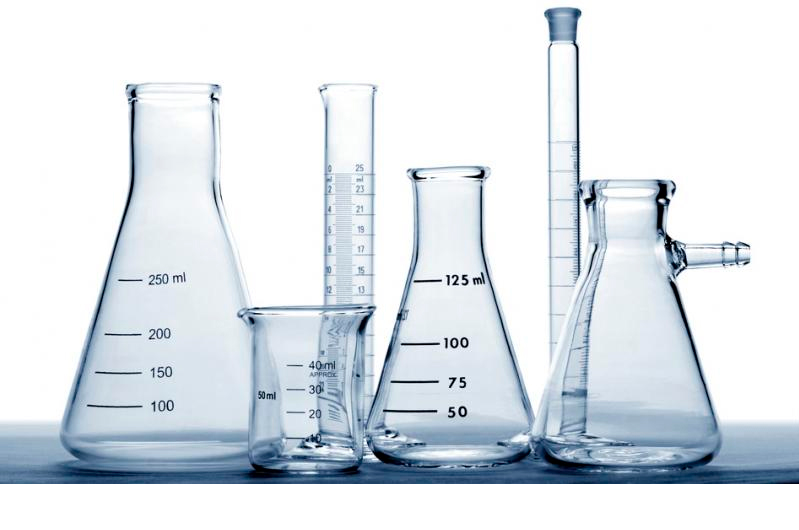What is it Borosilicate Glass?
Borosilicate Glass is a type of glass with a high chemical resistance and a very low coefficient of expansion, so it has a very high thermal resistance.
For such characteristics this type of glass is very often used in laboratories, industrial installations of the chemical industry because of his excellent chemical, physical and optical characteristics.
This glass is anti-corrosive which has a good behavior to other materials.
Borosilicate chemicals properties
Borosilicate glass (in his 3.3 form) is very resistant to water, acid and neutral solutions, to super acids and his mixes and chlorine, bromine iodine.
Besides that with extended exposures and temperatures higher than 100 ºC his chemical resistance is superior compared to other materials and metals.
With the water and acid actions small ions particles are released, manly monovalent ones. With this on the glass surface a silica gel coating is formed almost without pores, which prevents from future attacks.
Only with hydrofluoric acid (HF), solutions that contains florets, such as ammonium fluoride (NH4F), phosphoric acid (H3PO4) with a high temperature and strong alkaline may attack the surface of the glass in a very gradual form with the rise of the concertation and temperature.
The following table shows the chemical properties:
| Aproximate chemical composition | Chimical Data | Classe | Reference Norm |
| Silicone Dioxide- (SiO2) – 81% em mass | Hydrolytic Resistence at 98ºC | HGB 1 | ISO 719 |
| Boron Oxide- (B2O3) – 13% em mass | Resistence at 121 ºC | HGA 2 | ISO 720 |
| Putassion oxide/sodium-(Na2O/ k2O) – 4% em mass | Acid Resistence | Class S1 | DIN 12116 |
| Aluminum Oxide – 2% em mass | Alkalis Resistence | Class A2 | ISO 695 |
Optical characteristics
Borosilicate glass (in his 3.3 form) does not show any visible absorption in the human visible spectrum (400 -700 nm), which means that his aperence stays the same, only visible in a 310 – 2200 nm spectrum, which the human eye cannot see.
To work with substances witch are sensible to light, the glass surface is stained brown with a diffusion color leading to a strong absorption of the small wave-length.
The absorption made by the glass is approximately in the 500 nm. In photochemical processes, the transition in the ultraviolet scale is extremely important. The degree of transmission of the UV shows that it can be made photochemical reactions with the chlorination and sulfochlorination.
Other uses of borossilcate glass
Borossilicate glass (in his 3.3 form) has lots of uses outside laboratories. Is very used in kitchens, for example: the recipients that we put in the oven is made of borosilicate glass, remember that borosilicate glass has a high thermic resistance.


